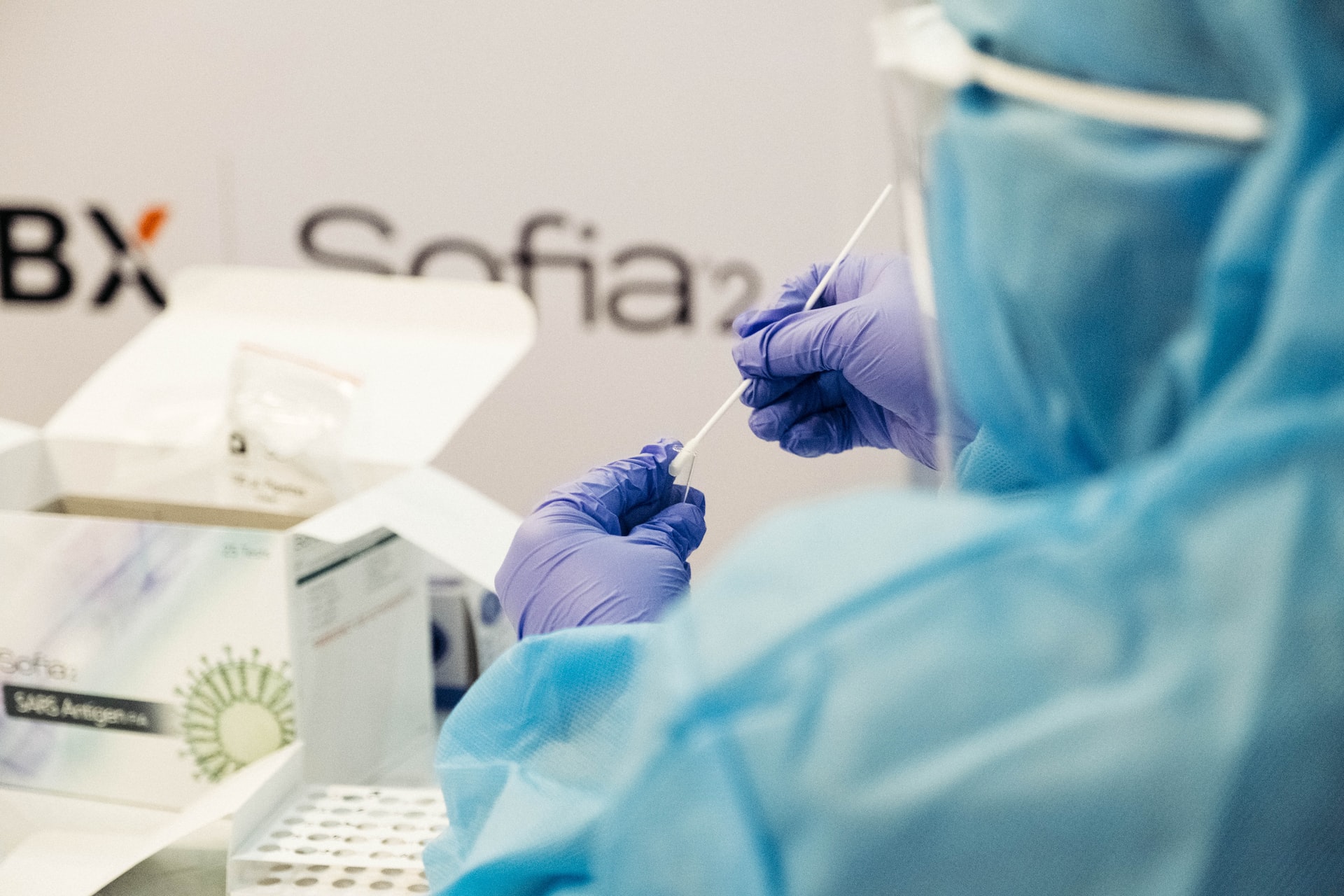Change summary between MDCG 2020-10/1 and the MDCG 2020-10/1 Rev 1
| Section | Change |
| Section 3 | New definitions |
| Section 4 | Intro clarification on filling in the reporting table |
| Section 5 | Table updated |
| Section 5.1 | Clarification on reporting duties |
| Section 5.2.2 | Internal reference |
| Section 9.4 | Clarification |
| Section 10.2.1 | Coding |
| Sections 10.2.15 | New Section |
| Sections 10.2.16 | New Section |
| Sections 10.2.17 | New Section |
| Section 10.2.19 | Clarification |
| Section 10.2.20 | Clarification |
The following points describe the detailed changes between the two documents. The section changed is highlighted at bold and the specific change is underlined.
Section 3 – Definitions
In this section were added the following 7 new definitions:
- Adverse device effect (ADE) – Any adverse event related to the use of an investigational medical device or a comparator.
- Serious adverse device effect (SADE) – Any adverse device effect that has resulted in any of the consequences characteristic of a serious adverse event.
- Anticipated serious adverse device effect (ASADE) – Any serious adverse device effect which by its nature, incidence, severity or outcome has been identified in the last risk assessment document upon serious adverse device effect occurred.
- Unanticipated serious adverse device effect (USADE) – Any serious adverse device effect, the nature, severity or outcome of which is not consistent with the reference safety information.
- New Finding – New information discovered as the result of an inquiry/investigation/test based on the occurrence of the event. Follow-up from the event.
- Incident – Any malfunction or deterioration in the characteristics or performance of a device made available on the market, including use-error due to ergonomic features, as well as any inadequacy in the information supplied by the manufacturer and any undesirable side-effect.
- Serious incident – Any incident that directly or indirectly led, might have led or might lead to any of the following: a) the death of a patient, user or other person, b) the temporary or permanent serious deterioration of a patient’s, user’s or other person’s state of health, c) a serious public health threat.
Section 4 – Reporting method
Both documents reference a template for the Summary Reporting Form. This Form is tabular, and it needs to be filled for each reportable event or for new findings/ updates to already reported events.
The new revision clarifies the filling in the reporting table, by adding the text:
- “For a new finding or update, the line of the SAE needs to be updated and the first column set to “m”. Write the new findings in the free description of event column and highlight the additions. When applicable, update the others columns as well.”
Section 5 – Reportable events
In this section, it was added a table clarifying the types of clinical investigations, the applicable legislation and the specific articles, chapter or provisions from the MDR. The table is as follows:
| Type of Clinical Investigation | Applicable legislation | MDR regulation |
| Clinical investigation used for conformity procedure for investigational device | MDR | MDR art. 80 (sections 2-3) |
| PMCF investigation with additional burdensome and/or invasive procedures | MDR | MDR art. 80 (section 5) -> MDR chapter VII, and; MDR art. 80 (section 6, notwithstanding section 5) -> This Article applies if a “causal relationship” between the serious adverse event and the preceding investigational procedure has been established. |
| PMCF investigation without additional burdensome and/or invasive procedures | MDR | MDR chapter VII |
| Other clinical investigation cf. article 82 or other national legislation | National legislation | No provisions in MDR. Safety reporting may be regulated in national legislations in the country where the investigation is conducted. |
Section 5.1 – Exceptions for PMCF investigations falling under MDR Article 74(1)
The MDR Article 74.1 is related to clinical investigations conducted to further assess an already CE marked device but involving procedures additional to those performed under the normal conditions of use and those procedures are invasive or burdensome. The SAE reporting for these investigations is governed by Articles 80(5) and 80(6), and the provisions of vigilance (Articles 87-90 and 91) applies. However, if a causal relationship between a serious adverse event and the investigational procedure has been established, the reporting should be made according to MDR Article 80.
This is indicated in both MDCG documents. Both documents also highlight that this applies only when causal relationships are established.
However, the revision document goes further, and clarify the reporting duties by adding:
- “Other relationship categories i.e. not related, possible and probable do not need to be reported in the context of the clinical investigation under Article 80”.
- In the context of vigilance, articles 87-90 need to be taken into account and this concerns the Serious Incidents where a relationship between the incident and the device or a procedure stated in the IFU is at least reasonably possible. Also not related, possible and probable events need to be reported in the context of vigilance (Art. 87-90).
- It is thus possible that events occurring in such clinical investigations need to be reported to both the competent authorities in charge of SAE in clinical investigations AND to the competent authorities in charge of vigilance, as outlined above, including a relationship to a procedure stated in the IFU.
Section 5.2.1 – Reportable events occurring in other MS
This section is new. Both documents include a section about reportable events occurring in Third Countries, however, only the revised document address reportable events occurring in other member-states. The report in other MS is as follows:
- The sponsor shall report the reportable SAEs per clinical investigation. If several clinical investigations are conducted with the same device, only those SAEs that happen in clinical investigations that have the same clinical investigation plan (CIP) code should be reported for those clinical investigations, and only to those MS where a clinical investigation with that specific CIP code is being conducted. It is acknowledged that the same clinical investigation can be conducted under different versions of the same clinical investigation plan (same CIP code) in different Member States, e.g. with country specific adaptations, and in those cases the SAE reporting can normally be combined for all the versions of the CIP for the same clinical investigation.
Section 9 – Causality assessment
In this section, both documents indicate a set of definitions to assess the relationship of the serious adverse event to the investigational device, the comparator or the investigation procedure. The definitions include “Not related”, “Possible”, “Probable” and “Causal relationship”.
The definition of causal relationship is improved on the updated document, by adding:
- The relationship between a serious adverse event and the procedure or the device, needs to be assessed separately. This does however not mean that they are mutually exclusive, a serious adverse event can be related to both the procedure and the device, or it can be related only to the procedure or only to the device. When it is unclear whether an event is related to the device or to the procedure, the investigator should: (1) set the Relationship to device to possible (or higher) and (2) set the Relationship to procedure to possible (or higher). Since it is the healthcare provider who performs the procedures and manages/handles the medical device(s), the causality assessment of this healthcare provider should prevail.
Section 10
The section 10 contains indications for the filling of the reporting form template for the summary SAE tabulation, annexed to both documents.
Section 10.2.1 – Status
Both the original and the revised document indicate that the sponsor shall identify the new/updated information in the status column as: A = added = new reportable event; M = modified = new finding/update to an already reported event and U = unchanged.
However, the revised document adds a fourth option and a commentary:
- D = deleted = already reported event that has been deleted due to downgrading to non-serious, due to integration in another event, or … Add the reason for deletion in the corresponding cell in column “Description of event”. Do not add other options.
Section 10.2.15 – Device issue (if applicable)
This section is new:
- In the worksheet “Device issue”, the IMDRF codes applicable to device issues can be found. You can use this worksheet to look up the appropriate codes. Please report all the appropriate codes applicable for the SAE or DD reported. Please separate each code by “;”.
Section 10.2.16 – Clinical signs/symptoms
This section is new:
- In the worksheet “Device issue”, the IMDRF codes applicable to clinical signs/symptoms can be found. You can use this worksheet to look up the appropriate codes. Please report all the appropriate codes applicable for the SAE or DD reported. Please separate each code by “;”.
Section 10.2.17 – Clinical impact
This section is new:
- In the worksheet “Device issue”, the IMDRF codes applicable to clinical impact of the SAE or DD can be found. You can use this worksheet to look up the appropriate codes. Please report all the appropriate codes applicable for the SAE or DD reported. Please separate each code by “;”.
Section 10.2.19 – Relationship to procedure
It was added the warning “Do not add other options”.
Section 10.2.20 – Relationship to device
It was added the warning “Do not add other options”.














